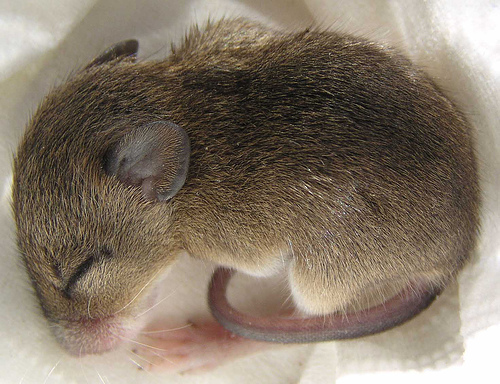Sleep, it is something we devote a third of our lives to. But why do we actually need to sleep? We know from various studies that lack of sleep can cause mental disturbances, a personal favourite being that of Randy Gardner. Randy stayed awake continuously for 11 days but suffered from delusions, paranoia and reduced mental functions. Consequently, we know sleep is important in maintaining our mental wellbeing, but we previously didnÔÇÖt know how. However, new research may be able to give us the reason as to why we need to sleep.
Many psychologists agree that sleep is useful from memory consolidation to regulating the response of our immune system, but what was not known until now is the processes inside the brain which perform basic housekeeping. The brain is literally flushing out toxic byproducts of normal brain metabolism and is the first experimental evidence of a molecular basis of sleep.
This new work, published in Science, ÔÇ£fits with a long-standing view that sleep is for recoveryÔÇöthat something is paid back or cleaned out,ÔÇØ says David Dinges, a sleep researcher at the University of Pennsylvania. This system, deemed the glymphatic system, is a network of fluid filled channels running through the brain, helping to regulate the flow of cerebrospinal fluid (CSF). It is analogous to the lymphatic system but instead of being filled with lymph, it is filled with fluid, carrying the toxins away.
The researchers, Maiken Nedergaard and colleagues at the University of Rochester in New York, knew that to allow this flow through the brain, a lot of energy needed to be consumed. This was because the channels exist on the membranes of glial cells, the non-neuronal cells of the brain. It was thought the brain would have difficulty expending this energy when processing sensory information from the world around us.
Nedergaard and her team managed to train mice to sleep on a microscope, a task that took two years. Once the mice were asleep, a green dye was injected through a catheter in their neck. This green dye could be followed by the microscope and was observed to be flowing through the brain in CSF. The mice were then awoken and a red dye injected. This dye did not flow through the glymphatic system when the mice were awake.
Furthermore, when the mice were asleep, a protein called beta-amaloid was injected. This protein was cleared from the brain twice as fast when the mice were asleep compared to when they were awake. Many neurological diseases such as AlzheimerÔÇÖs, dementia and stroke are related to sleep disturbances according to Nedergaard. This research suggests a lack of sleep could allow toxins to build up and cause damage since the flushing system is not in use.
Now that this ÔÇÿbrainwashingÔÇÖ has been identified in mice, the next step is to see if this process exists in other mammals and to what extent. NedergaardÔÇÖs colleague states: ÔÇ£One could imagine that different species have evolved different additional functions of sleep to suit their different habitats, ÔǪ but this will help resolve if there is some shared function of sleep across speciesÔÇØ
Scott Davies





Add Comment